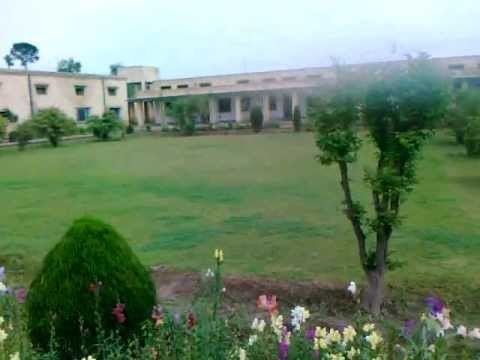Country Pakistan Time zone PKT (UTC+5) Population 3.575 million (2014) | Province Khyber Pakhtunkhwa Area 1,257 km² Capital Peshawar | |
 | ||
Points of interest Peshawar Museum, Mohabbat Khan Mosque, Jamrud Fort, Kapoor Haveli, Shahi Bagh Colleges and Universities University of Peshawar, Islamia College University, University of Agriculture, University of Engineeri, Sarhad University of Scienc | ||
Peshawar District (Urdu: ضلع پشاور) is in Khyber Pakhtunkhwa province, located at the north-west end of Pakistan about 160 km west of the federal capital Islamabad.
Contents
Map of Peshawar District, Pakistan
History
Peshawar has a geo-strategically important location and an enriched history. This city has seen the rise and fall of many civilizations. It was once the center of Gandhara civilization and has subsequently been ruled by Persians, Greeks, Buddhists, Kushans, Afghans, Mughals, Sikhs and the British. The original district of Peshawar was a district of the North-West Frontier Province of British India. At independence in 1947 the old Peshawar District became Peshawar Division, containing the current district of Peshawar.
The former tehsil of Charsadda was split off as the separate district of Charsadda in 1988, and in 1990 the former Nowshera tehsil became the separate Nowshera District. Under the latest revision of Pakistan's administrative structure, promulgated in 2001, Peshawar was also given the status of a city district.
Administration
The district is represented in the provincial assembly by eleven elected MPAs who represent the following constituencies:
There is only one tehsil in the district i.e. Peshawar tehsil. District Peshawar has been divided into 279 mouzas (Revenue Villages), out of which 236 are rural, 15 are urban and 28 mouzas are partly urban. Also, there are 30 police stations in the district. The district is represented in the provincial assembly by two elected MPAs who represent the following constituencies:
Demographics
In 1998, the population of the district was 2,019,000, of which 49% were urban.
According to the 1981 census results for Peshawar tehsil, Pashto was the first language in 80% of households, Hindko – in 13%, Urdu – in 3.8% and Punjabi – in 3.3%. In the 1998 census results for the district, Pashto was the fist language of 86% of the population.
According to 1897 records during British Raj, most people living in Peshawar valley were Pathans and belonged to an agriculture community but there was also an admixture of Punjabi community living in the valley religiously belonging to both Islam and Hinduism. Most people in Peshawar city spoke and understood Urdu. Elite belonging to small towns such as big feudal Khan families, traders and almost all of Hindus also spoke Urdu. Persian was also spoken by elites of Peshawar city and by traders from Kabul. Majority of the population of the district especially the agriculturists and Pathans only spoke Pashto. 92% of the total population of Peshawar valley practiced religion of Islam and remainder 8% practiced Hinduism, Sikhism and other religions. People belonging to these minority religions only lived in major cities such as Peshawar, Charsadda (now in Charsadda District) and Hoti (now in Mardan District) and mostly in cantonment areas of these cities. 97% of the population living in rural towns practiced Islam.
